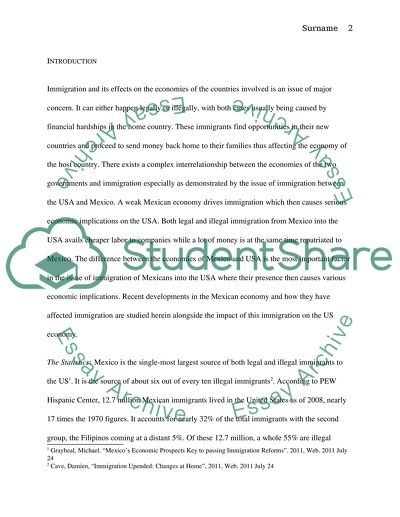Cite this document
(“Immigration: Impacts of the united stated and Maxican Economies Essay”, n.d.)
Retrieved from https://studentshare.org/macro-microeconomics/1429264-economic-of-immigrant-and-economic-of-mexico
Retrieved from https://studentshare.org/macro-microeconomics/1429264-economic-of-immigrant-and-economic-of-mexico
(Immigration: Impacts of the United Stated and Maxican Economies Essay)
https://studentshare.org/macro-microeconomics/1429264-economic-of-immigrant-and-economic-of-mexico.
https://studentshare.org/macro-microeconomics/1429264-economic-of-immigrant-and-economic-of-mexico.
“Immigration: Impacts of the United Stated and Maxican Economies Essay”, n.d. https://studentshare.org/macro-microeconomics/1429264-economic-of-immigrant-and-economic-of-mexico.


